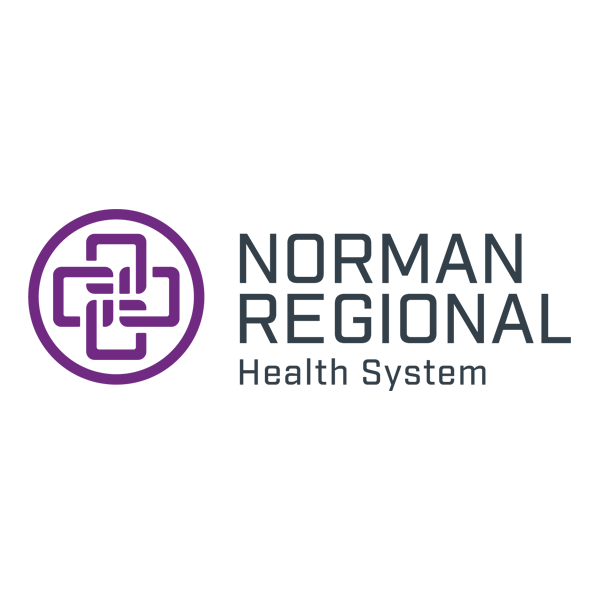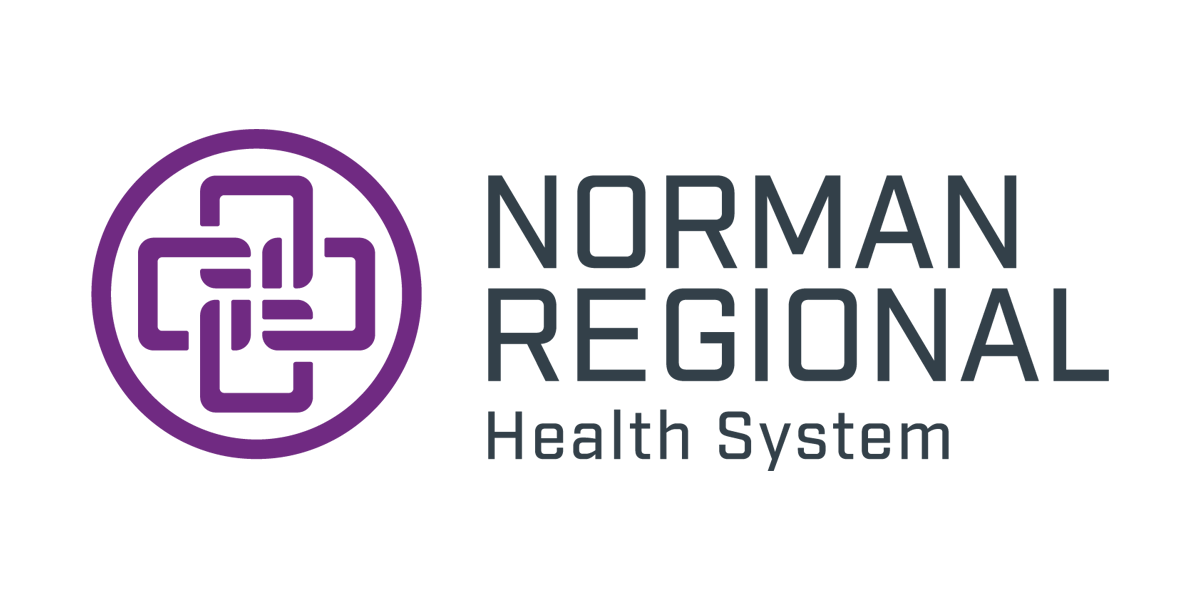
Wednesday, December 2, 2020
Norman Regional Health System recently purchased around $1.6 million worth of new defibrillators and AEDs (automated external defibrillators) to standardize and improve the quality of care across the health system and within the community through EMSSTAT and local fire departments.
Norman Regional is now utilizing Zoll brand defibrillators and AEDs throughout the entire health system and EMSSTAT. Norman Regional acquired 54 defibrillators and 45 AEDs for the health system and 21 defibrillators for EMSSTAT.
In addition, Norman Regional asked Zoll to also provide AEDs for local fire departments because it’s important for emergency responders to have the same type of AEDs as EMSSTAT to have compatible pads to go on the patient, said Kyle Hurley, manager of Norman Regional’s emergency services. Zoll offered 23 AEDs free of charge to donate to Norman Fire Department, Moore Fire Department and Goldsby Fire Department.
“From the field all the way to the ICU, everyone will have the same type of defibrillator,” Hurley said. “This is very, very unique. It’s nice that the health system is able to standardize, but it’s also nice that Norman Regional’s EMSSTAT and the fire departments can be a part of this as well.”
Prior to this standardization, Norman Regional had up to five different types of defibrillators in the health system at a given time. The five-year-long project aimed to standardize care to help eliminate compatibility issues between departments, cut down on vendors and therefore costs associated with those, equalize training for clinical members, and improve the overall care for patients in cardiac arrest.
Hurley said each type of defibrillator mostly operates in the same way, but Zoll offered some pros that will be highly-beneficial to Norman Regional’s patients.
Usually when doing chest compressions during cardiac arrest, the rescuer must pause the chest compressions for the physician to check the heart monitor, but with Zoll’s See-Thru CPR technology, the chest compressions continue uninterrupted while the physician monitors the patient’s heart rhythm.
“Less time off the chest equals more time doing CPR, which is better for the patient,” Hurley said.
Zoll defibrillators also give feedback for the depth and rate of chest compressions. If a person is going too slowly, it will alert them to speed up, or alert them if they are pushing too deep or shallow. This technology will increase the overall quality of CPR offered.
These defibrillators also have Wi-Fi cards so data can be uploaded and analyzed. Hurley said this will be hugely beneficial from a clinical outcomes’ perspective. It should also be able to increase the survivability for patients in cardiac arrest.
“It’s great that our Chief Nursing Officer and administration were able to approve this. This will make a big difference not only within our health system, but in our local communities,” Hurley said.


